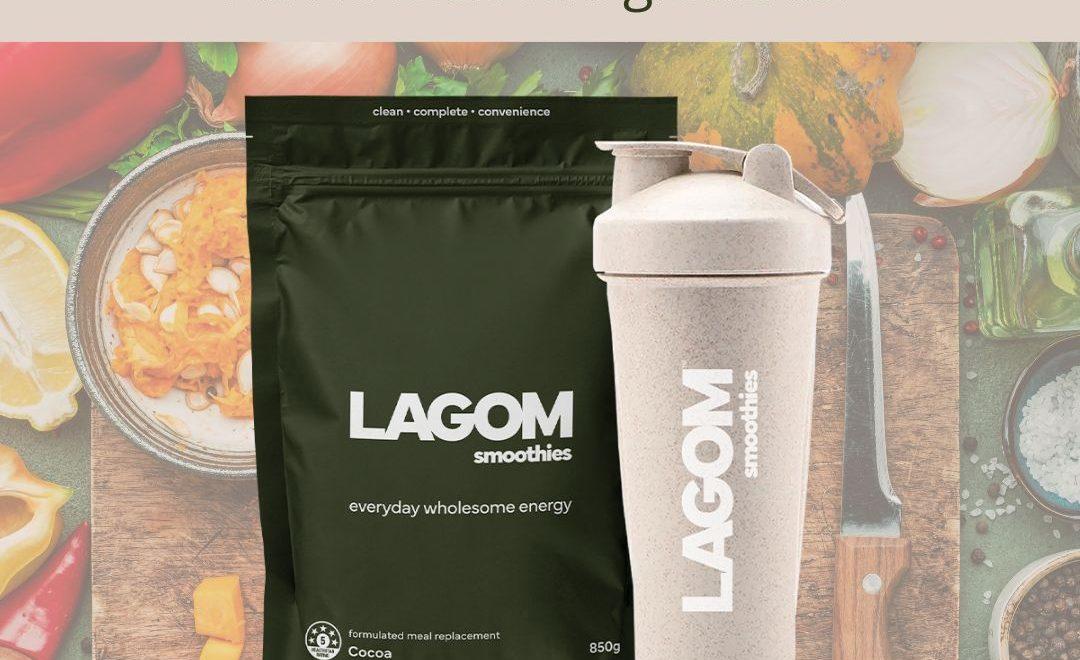
Recent research by the team at VoucherCodesPro.co.uk found that one in 12 parents in the UK are raising their kids on a vegan diet, predominantly for health reasons.
While similar studies have not been conducted yet in Australia, given that there are apparently just under 900,000 Aussie vegans (if the website That Vegan Dad is correct), then it’s fair to assume a sizeable number of people might be doing the same Down Under.
Even if parents aren’t vegans themselves, many are increasingly trying to steer their children away from fast food options that are high in sugars and calories in favour of the odd plant-based meal. Especially those that are rich in protein, which is essential for growing bodies, and helps them build muscles, repair tissues, support strong bones, and keep the immune system ticking along nicely.
The good news is that there is a wide range of plant-based protein sources available in supermarkets and green grocers, many of which are much cheaper than meat.
So, if you are looking for some inspiration on what you can feed your child, here are eight items you should consider.
1. Plant-Based and Vegan Meals
You’ve probably heard of companies like Hello Fresh, Marley Spoon, and Dinnerly, which offer a delicious range of meal options. Well, there are actually companies that do this exclusively for plant-based meals.
One is Soulara plant based and vegan meals whose fantastic selection of nutritious, kid-friendly options are made from whole foods that are packed with plant protein.
They’re 100% plant-based, portioned well, and as they are ready-made, they just need heating up, which is perfect for busy or working mums who still want to nourish their kids properly.
2. Lentils
If you would rather cook for yourself, one of the best options you can choose is lentils. A true powerhouse when it comes to plant protein, one cup of cooked lentils has around 18 grams of protein, in addition to iron, fibre, and B vitamins.
They’re also super versatile, because you can toss them into soups, spaghetti sauces, make dhals or curries, or even mini lentil patties instead of a traditional beef burger.
Best of all, they are pretty cheap and should your kids not like the look of them, you can always blend them into veggie pasta sauces. Your kids won’t even know they are there!
3. Chickpeas
Just like lentils, chickpeas are another brilliant source of protein, containing about 15 grams of protein per cooked cup. They are also rich in essential minerals like iron, zinc, and magnesium, and are a good source of fibre. So, it’s good to encourage your children to eat them.
Hummus, roasted chickpeas, and falafels are three of the most obvious ways, although you can also spread their sandwiches with it instead of butter or mayo and even make homemade chickpea nuggets.
4. Tofu
Tofu often gets a bad rap for being bland, which it is if you just serve it as it is. However, if you see it as a blank canvas just waiting for flavour, then the options are endless.
One of the best ways to enjoy them is fried in a pan in cubes, with a splash of soy sauce (if your kids are a bit older, try adding coriander and chili).
They’re crunchy, salty and absolutely delicious when cooked this way. Moreover, as tofu is packed with around 10 grams of protein per 100 grams, it is also an excellent source of calcium, particularly if you choose calcium-fortified tofu.
5. Nut Butters
If you can’t get your child into tofu, then don’t worry. There’s always peanut butter, almond butter, and cashew butter.
All of them are protein-rich and full of healthy fats that support brain development. Just two tablespoons of peanut butter can deliver around 8 grams of protein.
Try spreading nut butters onto apple slices or celery. Alternatively, spread on wholegrain toast with honey or blend into a smoothie. Whichever way you consume it, you are recommended to choose natural nut butters that do not have any added sugar or palm oil.
6. Oats
Good old oats are another fab way to sneak more plant-based protein into your child’s diet. As a cup of oats contains around 6 grams of protein, it is ideal for fuelling them with energy-sustaining fibre.
Whip up overnight oats with chia seeds, almond milk, and a dollop of nut butter for a protein-packed brekkie that will help them tackle anything the day throws at them.
7. Quinoa
While technically quinoa is a seed, it is often eaten like a grain. Notwithstanding, it is a complete protein, which means it contains all nine essential amino acids that our bodies can’t make on their own.
It offers about 8 grams of protein per cooked cup, which makes quinoa such an attractive option because it is super easy to cook and versatile to eat. Here is how to do so perfectly every time.
8. Peas
Peas are an underrated little gem when it comes to kids’ nutrition. They’re sweet, soft, easy to mash, and have about 8 grams of protein per cooked cup. They are also a great source of vitamins A, C, and K, and are quick to cook.
Peas can be eaten hot or cold, so they are great in your kids’ lunchboxes. But if you want to incorporate them within a recipe, try blending them into pesto for a bright green pasta sauce your kids (and you!) will love.











